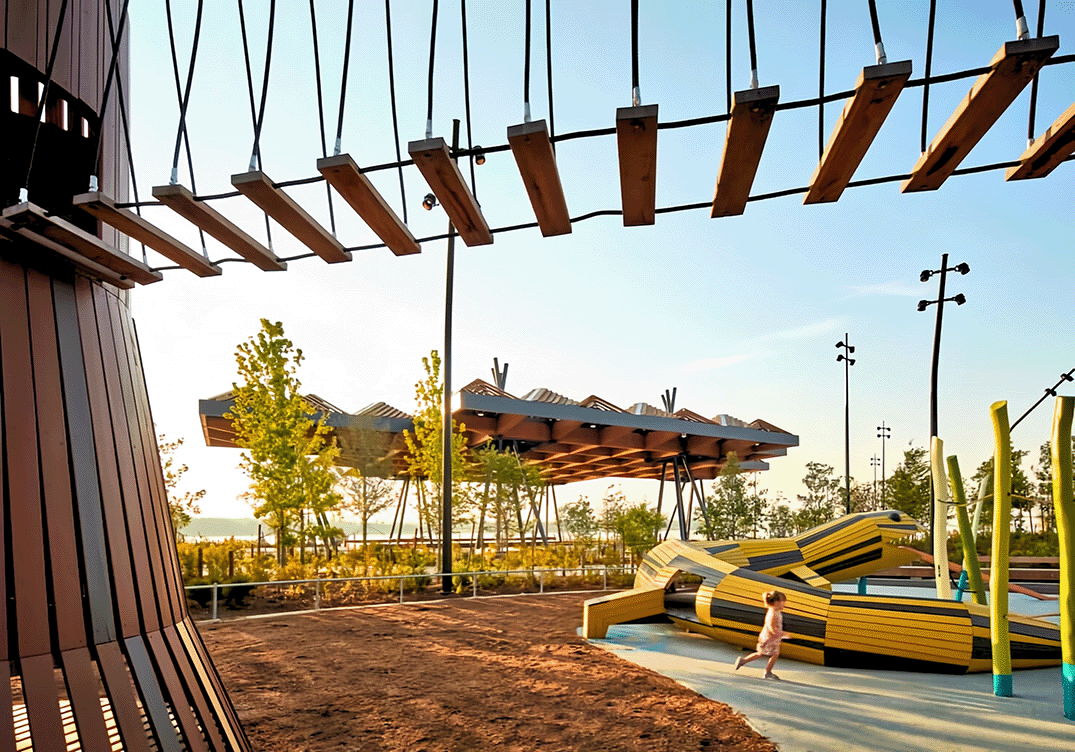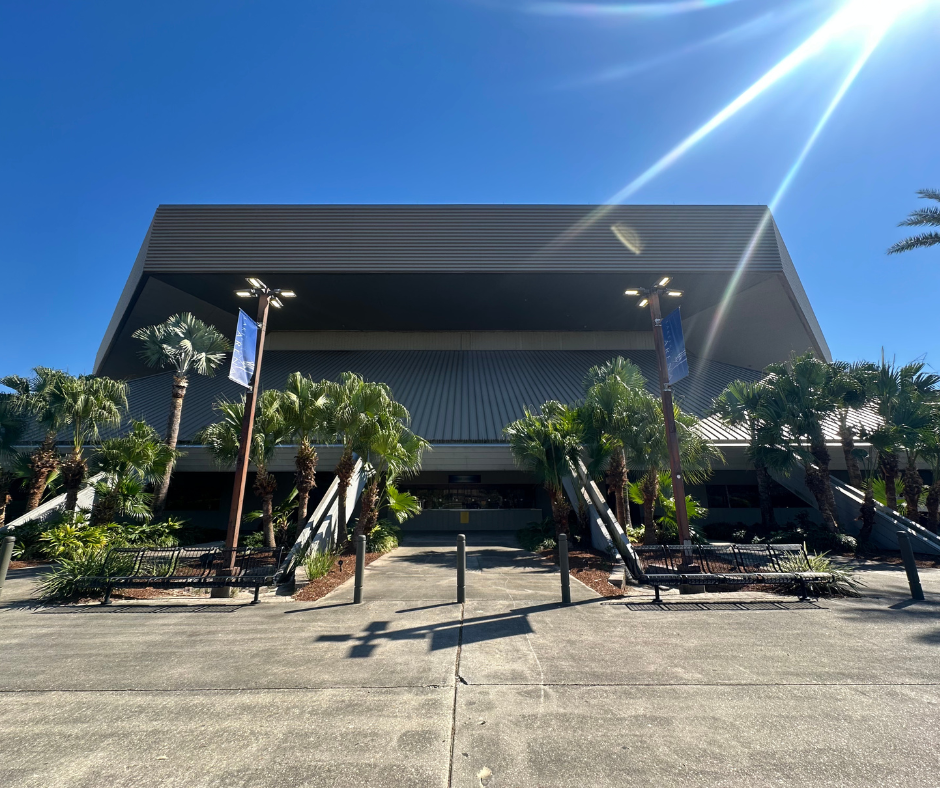The Unique Landscape Design of Tom Lee Park
Known for its enchanting beauty, Tom Lee Park is more than just your regular public park. Recently featured on the cover of Landscape Architecture Magazine's June 2025 issue, this park has turned into a symbol of inspiring landscape construction and sustainable practices, setting benchmarks for modern landscaping globally.
Concept and Vision
We proudly partnered in bringing the landscape vision — created by SCAPE and Studio Gang — to life. The park's landscape design is an embodiment of the perfect synergy between aesthetics, functionality, and sustainability. Embracing the concept of 'Less is more', the park has been designed with minimalist principles, keeping focus on simplicity and understated elegance.
Key Design Elements
Tom Lee Park's landscape design incorporates meandering pathways, sustainable plantings, and distinct play areas. Each element seamlessly blends with the next, creating a cohesive landscape that invites exploration and enjoyment.
- Meandering Pathways: These pathways snake through the park, offering a journey rather than a route from point A to B.
- Sustainable Plantings: A variety of native and adaptive species, promoting biodiversity and resilience.
- Distinct Play Areas: Areas for both active and passive recreation tailored to people of all ages.
Innovative Landscaping Techniques Used
Eco-Friendly Landscaping
Tom Lee Park's landscape construction revolves around eco-friendly strategies. The park employs energy-efficient systems, uses sustainable materials, and champions water conservation techniques, paving the way for a greener future.
Implementing Technology in Landscaping
One of the standout aspects of Tom Lee Park is its integration of technology. Advanced irrigation systems, smart lighting, and the use of drone technology for maintenance tasks reflect the park's innovative and forward-thinking approach to landscaping.
Tom Lee Park in the Context of Public Parks
Tom Lee Park serves as a model for public parks looking to prioritize sustainability and design When creating public spaces. Three key aspects help the park stand apart:
- Attention to User Experience: Thoughtful design ensures accessibility and enjoyment for all ages and abilities.
- Sustainable Practices: The park demonstrates how to flawlessly incorporate sustainability into urban public spaces.
- Incorporation of Natural Elements: Unlike many urban parks, Tom Lee Park reflects the local ecology, enhancing the natural beauty of the landscape.
In conclusion, Tom Lee Park's feature in the Landscape Architecture Magazine underlines the park's status as a landscape construction marvel. Its balance of design aesthetics, cutting-edge technology, and eco-friendly practices offers a blueprint for the future of public parks. Contact us to learn more.


.png)


